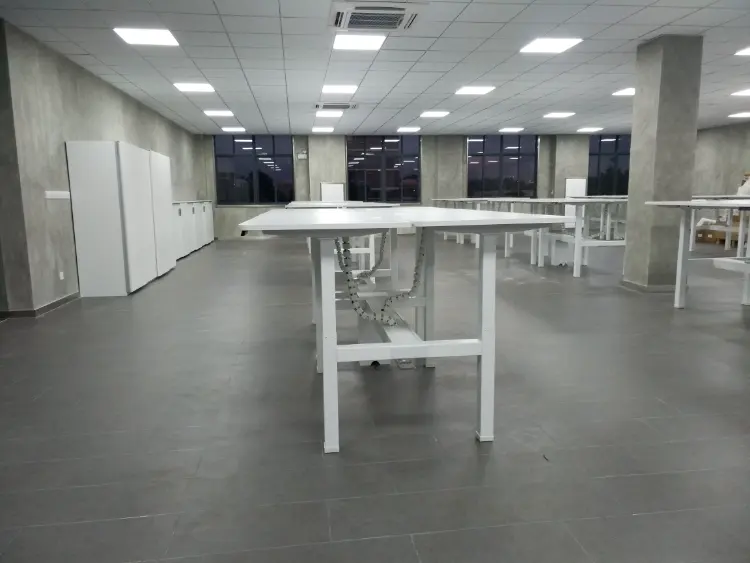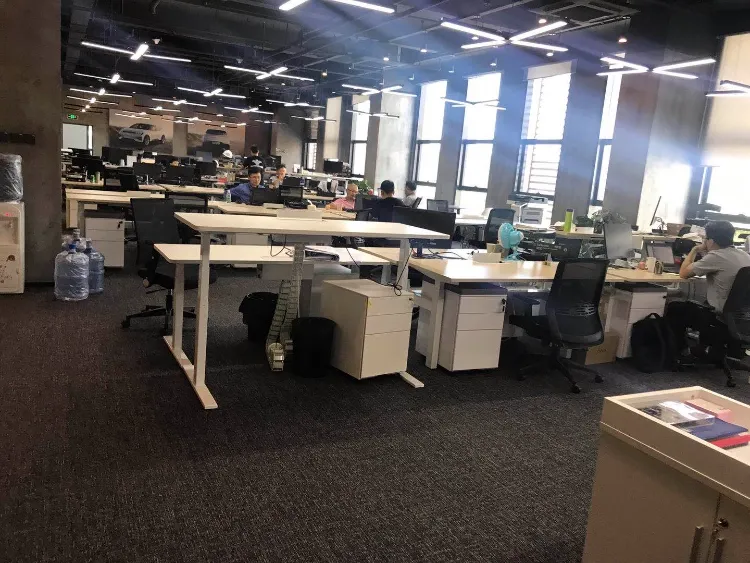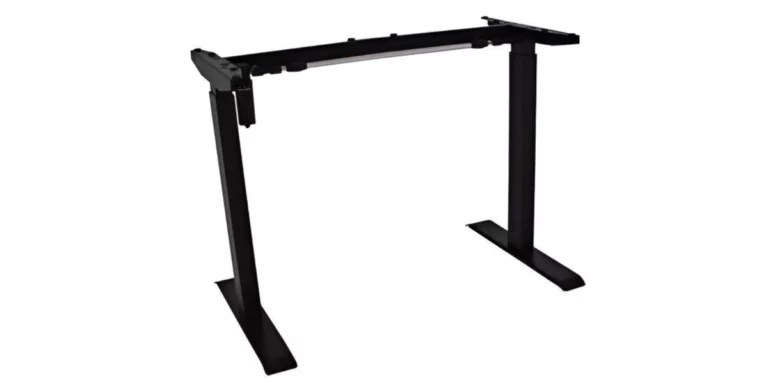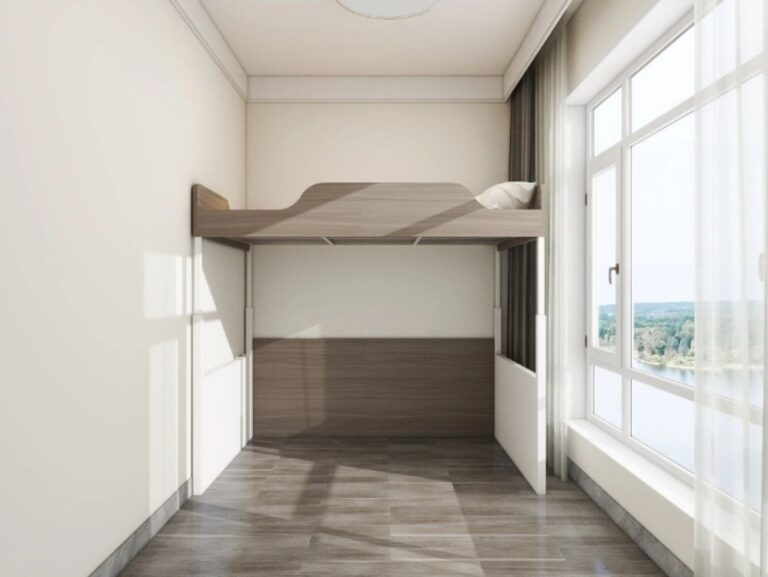Why sitting is bad for us? And why do we need the sit and stand desk?
Sitting is a ubiquitous activity in modern society, with many individuals spending a significant portion of their day seated at desks, in front of screens, or in cars. While sitting may seem innocuous, research has shown that prolonged periods of sitting can have detrimental effects on our health and overall well-being. In this article, we will explore the reasons why sitting is bad for us and delve into the benefits of using the sit and stand desk as a potential solution to mitigate the negative impacts of sedentary behavior.
First and foremost, sitting for extended periods of time has been linked to a myriad of health issues. One of the most prominent concerns associated with prolonged sitting is its detrimental effects on physical health. Sitting for long hours can lead to poor posture, muscle imbalances, and increased risk of musculoskeletal disorders such as lower back pain, neck pain, and shoulder tension. The lack of movement and physical activity while sitting can also contribute to weight gain, obesity, and an increased risk of chronic conditions such as heart disease, diabetes, and certain types of cancer.
Furthermore, prolonged sitting can have adverse effects on our mental health and overall well-being. Studies have shown that sedentary behavior is associated with an increased risk of anxiety, depression, fatigue, and reduced cognitive function. The lack of movement and physical activity while sitting can also impact our mood, energy levels, and overall productivity, leading to decreased quality of life.
In addition to the physical and mental health implications, sitting for long periods of time has been associated with negative cardiovascular outcomes. Research has shown that prolonged sitting can lead to poor circulation, increased blood pressure, elevated cholesterol levels, and a higher risk of heart disease and stroke. The inactivity and lack of movement while sitting can contribute to the development of blood clots and other cardiovascular issues, posing a significant risk to our cardiovascular health.
Given the numerous detrimental effects of prolonged sitting on our health and well-being, it is essential to seek ways to reduce the amount of time spent sedentary and incorporate more movement and physical activity into our daily routines. One effective solution to combat the negative impacts of sitting is the use of sit and stand desk.

The sit and stand desk, also known as standing desk or height-adjustable desk, is designed to allow individuals to alternate between sitting and standing while working. These desks provide users with the flexibility to adjust the height of the work surface to accommodate both seated and standing positions, promoting movement and reducing the amount of time spent sitting.
There are several benefits to using sit and stand desk. One of the main advantages is the potential to improve posture and reduce the risk of musculoskeletal issues associated with prolonged sitting. By alternating between sitting and standing, individuals can alleviate the stress on their muscles and joints, promoting better spinal alignment, and reducing the likelihood of developing back, neck, and shoulder pain.
Another benefit of sit and stand desk is their potential to enhance physical health[2]. By incorporating more movement into the workday, individuals can increase energy expenditure, improve circulation, and reduce the risk of weight gain and obesity. The ability to stand while working can also help boost metabolism, increase calorie burn, and improve overall cardiovascular health.
In addition to the physical health benefits, sit and stand desk can also have a positive impact on mental well-being and productivity. Research has shown that standing while working can increase energy levels, focus, and alertness, leading to improved cognitive function and overall productivity. The act of standing can also promote better posture, breathing, and blood flow, enhancing mental clarity and reducing feelings of fatigue and stress.
Furthermore, sit and stand desks can promote a more dynamic and active work environment. By encouraging individuals to move and change positions throughout the day, sit and stand desks can foster a culture of health and well-being in the workplace. Employees who use sit-stand desks may experience improved job satisfaction, engagement, and overall morale, leading to a more positive and productive work environment.
In short, sitting for prolonged periods of time can have detrimental effects on our health, well-being, and overall quality of life. The negative impacts of sedentary behavior underscore the importance of seeking ways to reduce the amount of time spent sitting and incorporate more movement and physical activity into our daily routines. The sit and stand desk offers a viable solution to combat the negative effects of sitting by providing individuals with the flexibility to alternate between sitting and standing while working. By promoting movement, improving posture, and enhancing physical and mental health, sit and stand desks can help mitigate the negative consequences of prolonged sitting and contribute to a healthier and more active lifestyle.
Vaka is pround to be one of the leading ergonomic standing desk suppliers and manufacturers in China.








